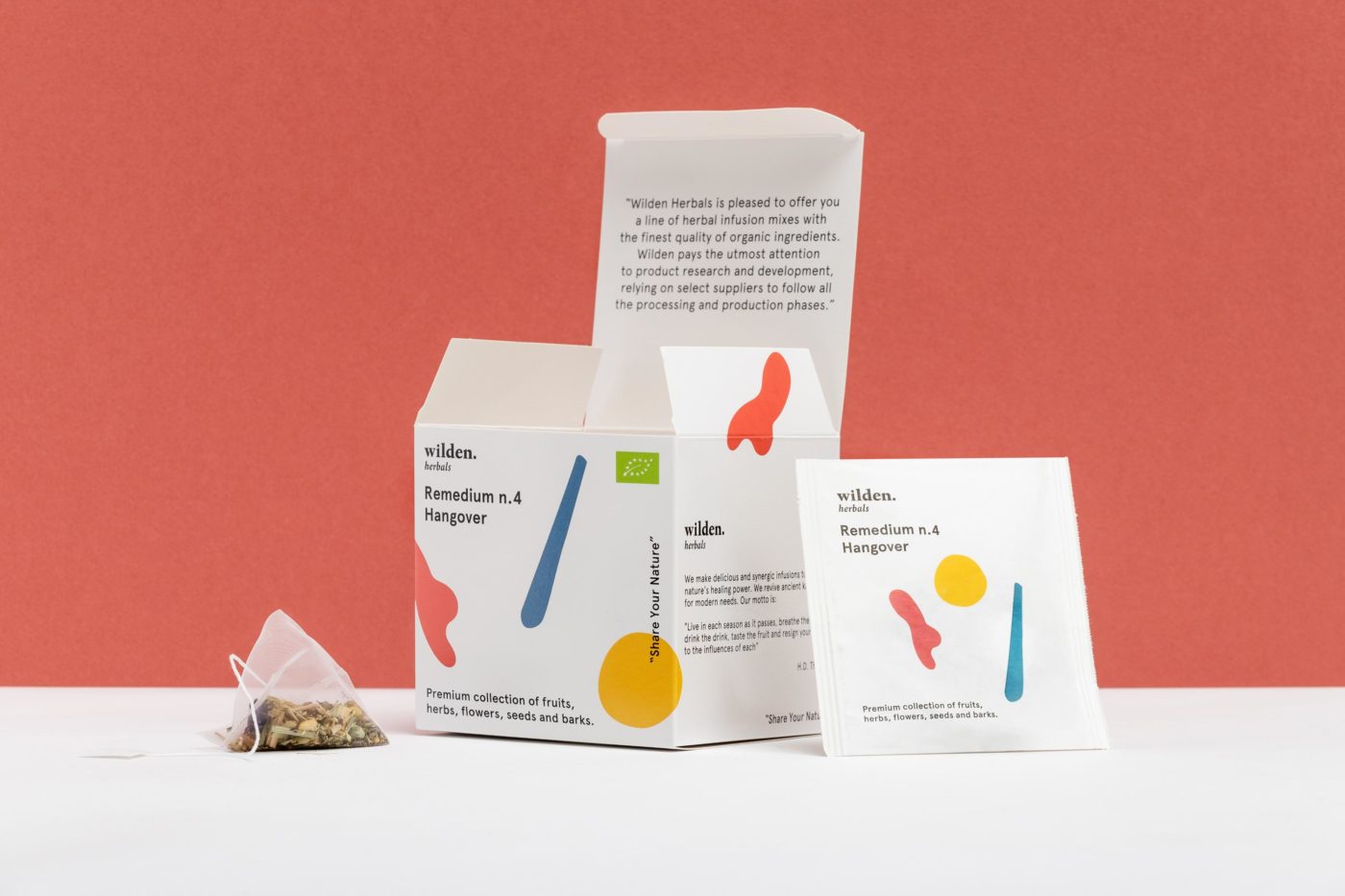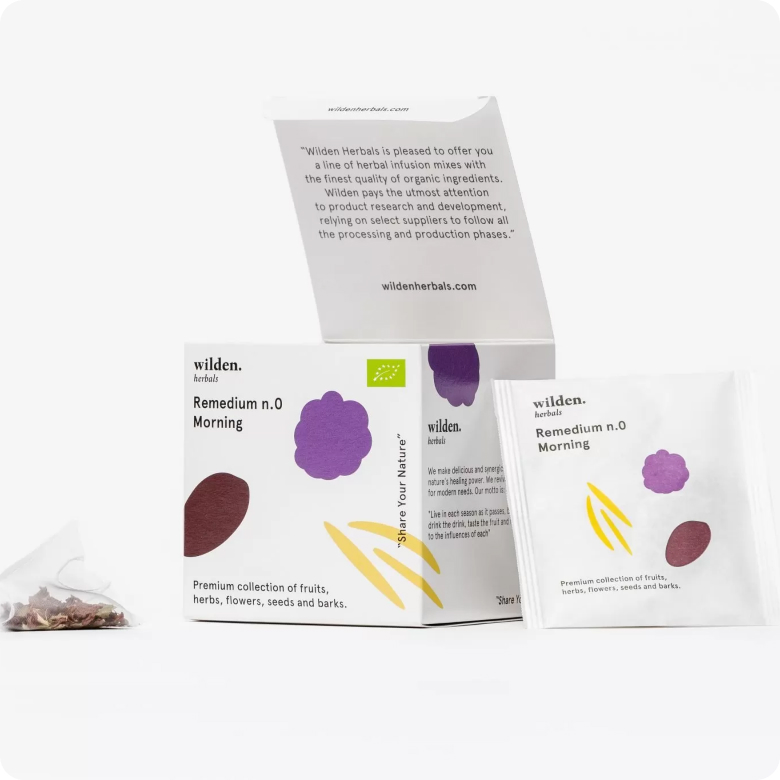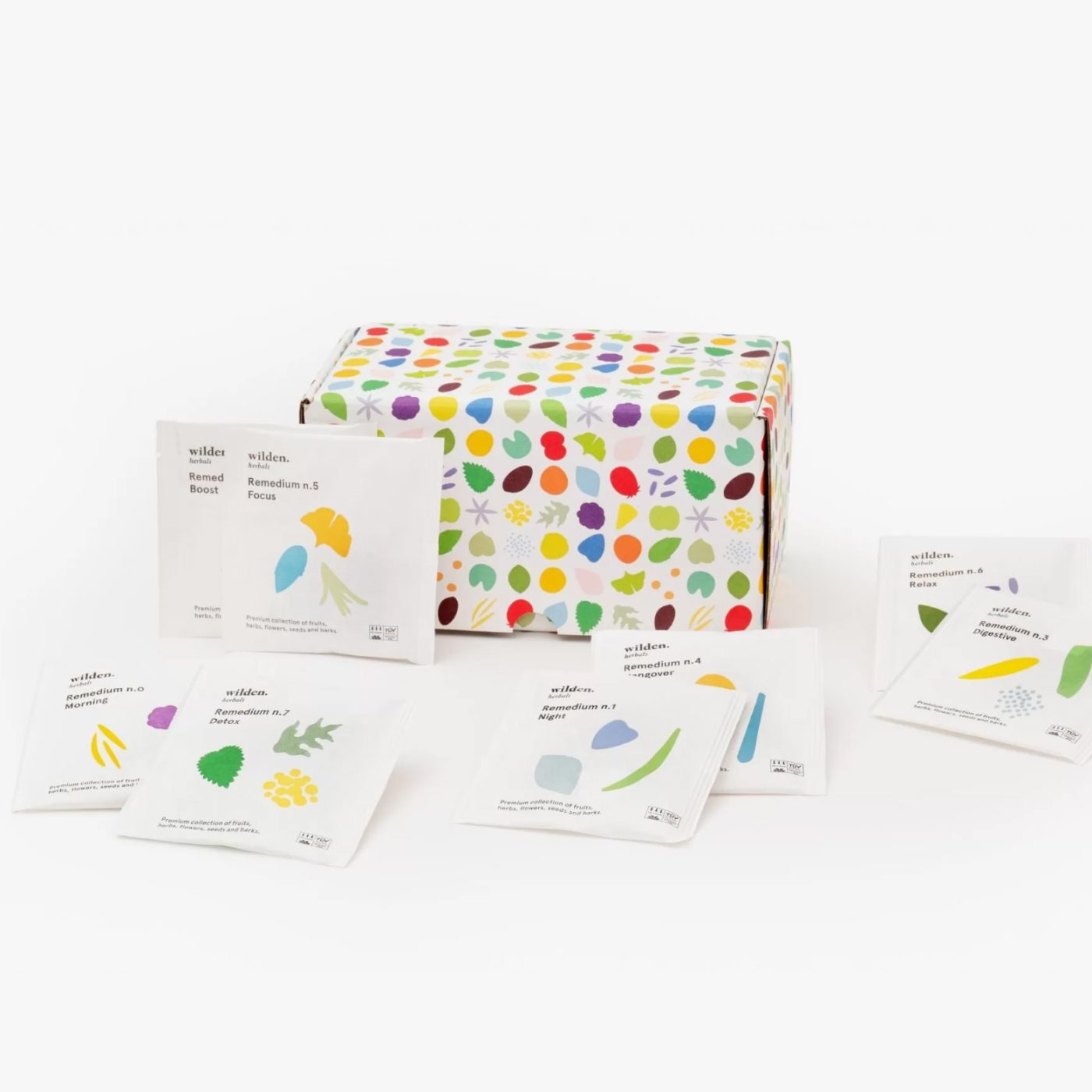Bitter enough: here is the Gentian
“Bitter is better,” say the British. Nothing could be truer in the case of Gentian, a cosmopolitan plant with a bitter taste and extremely beneficial for the liver and digestive system. Let's discover together the properties, benefits and uses of Gentian.
Table of contents:
What is gentian?
Where does gentian come from?
What is gentian used for?
How is gentian used?
Gentian curiosities
What is gentian?
By the name “gentian” we refer to the genus to which about 400 different species belong, all belonging to the Gentianaceae family. It is a cosmopolitan plant since it is dislocated, just in its many variants, somewhat all over the world. Many varieties show interesting phytochemical and pharmaceutical properties.
To describe gentian we must consider thehabitat in which it is found: at medium latitudes and in mountainous areas we will have a slow-growing herbaceous perennial plant, 40 to 120 cm tall, while in tropical and subtropical areas, gentian takes on the appearance of a small shrub. In each of its varieties it is characterized by a large, highly branched root, dark on the outside and yellow on the inside, which is the part used in cooking and for medicinal purposes.

Where does gentian come from?
The center of the Gentian’s biodiversity is theHimalayas, where the plant probably originated, later spreading in numerous varieties throughout Europe and Asia. In our Peninsula we mainly find Gentiana lutea L., which grows in the meadows and pastures of mountain and subalpine reasons. The flowers of this species are united at the apex of the stems and have a deep yellow corolla, sometimes with small dark speckles.
What is gentian used for?
If we were to compare traditional medical texts with recent scientific studies, we would find them agreeing on some very useful properties of gentian, particularly its anti-inflammatory, diuretic and protective power for the liver and digestive system.
Being, as we have seen, a “cosmopolitan” plant, gentian has always been used in traditional pharmacopoeia on various continents for the treatment of hepatitis, skin disorders, dysentery, fever and other ailments. It is considered portentous for its anti-inflammatory, astringent, diuretic and liver-purifying properties, for which it is widely used in concentrated formulations as a tonic for the digestive system and to purify for the stomach, liver and urinary tract. In our country, the roots of gentian lutea macerated in alcohol were used on the skin to treat rheumatism and neuralgia.
Modern studies of the plant’s phytochemical constituents have confirmed many of these traditional uses.
How is gentian used?
The part of the plant to be used is the rhizome (the root), which should be uprooted when the plant is in dormant (autumn) and then dried. With a characteristic bitter taste, products derived from the gentian root are used to stimulate appetite and digestion, as the bitter taste stimulates cells in the cerebral cortex that activate salivation and stomach activity, precisely promoting appetite and digestion.
In cooking: the dried and chopped or ground root is used in several regions of Italy for the preparation of aromatic wines, bitter-tonic liqueurs, candies and gentian digestive tablets. To take full advantage of its depurative and digestive properties, however, it is advisable to take it in the form of an infusion. That is why we have selected this plant for our Remedium No. 4 – Hangover, a complex recipe composed of 12 herbs specially selected and chosen to ensure a rejuvenating feeling and restart at our best, especially when we are in “Hangover.”

Gentian curiosities
The name Gentian is said to derive from the name of the last Illyrian king, Gentius, who first discovered the medicinal properties of the rhizome, using it to cure the plague in 167 BC.
Be careful not to confuse gentian lutea with Veratrum album, a toxic plant that grows in roughly the same environments in our country. In the absence of flowers (different for the two plants), veratro always has alternate leaves, while gentian has them opposite.
Gentian is an endangered and therefore protected species in Italy, and therefore cannot be freely harvested (unless you want to commit a crime)! Therefore, it is better to buy the dried root directly from the herbalist’s shop.
Bibliography
- Mirzaee, Fatemeh et al. “Medicinal, Biological And Phytochemical Properties Of Gentiana Species.” Journal Of Traditional And Complementary Medicine, vol 7, no. 4, 2017, pp. 400-408. Elsevier BV, doi:10.1016/j.jtcme.2016.12.013. Accessed 11 May 2021.
- Luciano, Riccardo, and Carlo Gatti. Edible Spontaneous Herbs. Arab Phoenix, 2014.







